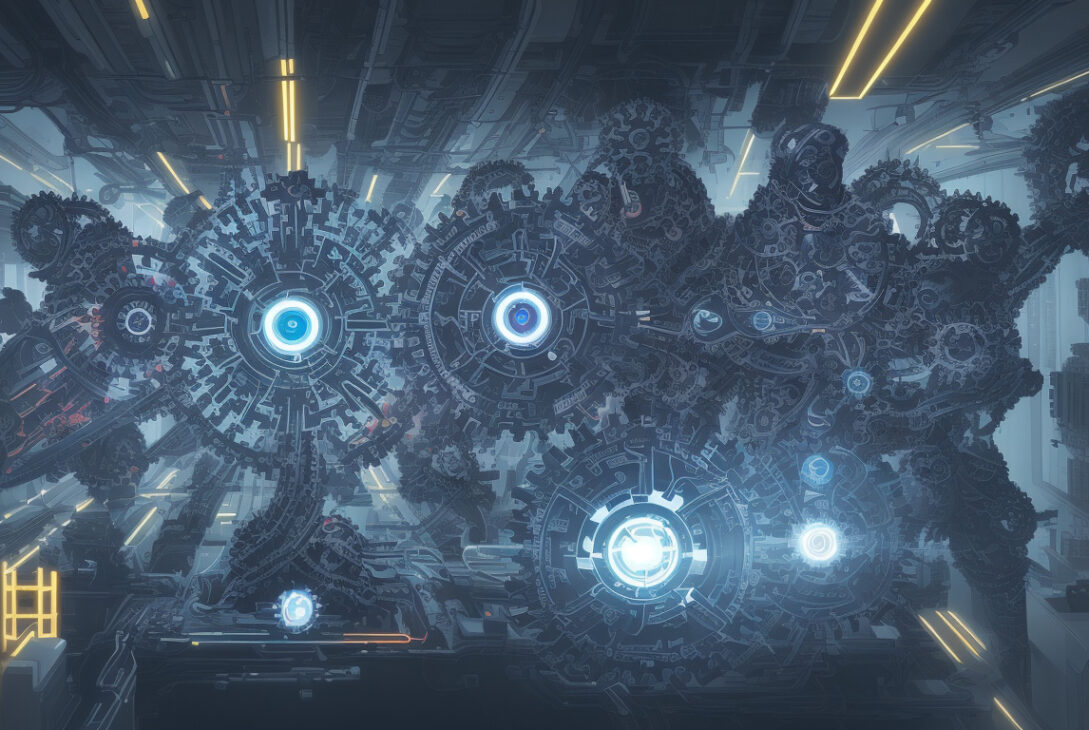The Crucial Role of the ‘People, Process and Technology’ Triangle in AI Success
By Martin Veitch — Published 12 September 2025
As artificial intelligence (AI) continues to reshape the business landscape, experts highlight the enduring importance of the “people, process and technology” (PPT) triangle as the foundation for successfully leveraging AI in enterprises. Debojyoti “Debo” Dutta, chief AI officer at Nutanix, emphasizes that the synergy between these three elements is indispensable for achieving the true promise of AI innovation.
Debo Dutta’s Unique Perspective on AI’s Potential
With a rich background spanning computer science studies in India and California and extensive work in neural networks and expert systems, Dutta brings a depth of expertise to his role at Nutanix, a leading Californian cloud software company. Since joining Nutanix, he has focused on both integrating AI capabilities within the company and helping customers harness AI to transform their operations in what he calls a “Brave New World.”
Nutanix, known for pioneering advancements in hyperconverged infrastructure, virtualization, and ransomware protection, currently manages applications across on-premise, cloud, and edge environments. With a market capitalization exceeding $18 billion, its leadership role in technology trends makes Dutta’s insights particularly relevant.
AI’s Promise: Real but Demanding
Asked about the rapid rise of AI and its sometimes overhyped reputation, Dutta acknowledges the unprecedented velocity of advancements, especially in reasoning models epitomized by large language models (LLMs) such as OpenAI’s GPT series. He recognizes the energy and excitement AI generates but insists it must be paired with robust workflows, workforce skills, and cultural adjustments to realize its full value.
“The promise of the technology is there, as can be seen in agents, but you need people, process and technology,” Dutta asserts. This PPT framework needs to underpin every AI initiative to avoid wasted potential and ensure sustainable integration within enterprise environments.
Re-skilling the Workforce: From IT Workers to AI Workers
One of the critical challenges in enterprise AI adoption involves human capital. AI systems working on sensitive corporate data require IT personnel and other professionals to retrain and develop new competencies. Dutta stresses that a “human-in-the-loop” approach remains essential, and IT workers must evolve into “AI workers,” equipped to operate and supervise AI technologies effectively.
Beyond technical specialists, Dutta advocates for the mass adoption of AI tools among all types of workers. He warns that organizations failing to foster AI literacy risk falling behind, as widespread use drives deeper understanding and better outcomes. This cultural shift may lead to broader demand, in line with economic principles like Jevons Paradox, where gains in efficiency from AI spur increased activity and innovation.
Positioning AI Leadership for Maximum Impact
On organizational structure, Dutta supports a matrix-style approach where the AI chief collaborates closely with the CIO, CISO, legal teams, product development, and engineering departments. Given the nascent stage of enterprise AI, having a virtual cross-functional team enables faster adaptation and knowledge sharing.
“The AI lead needs to be a trusted advisor to others,” he explains, highlighting that rapid market shifts require AI leaders to be technically savvy and politically influential within their organizations.
Real-World Results and Lessons Learned at Nutanix
Internally, Nutanix has already realized AI-driven improvements, particularly enhancing reliability engineering through better anomaly detection and workflow automation. This in-house experience has informed their customer guidance, stressing the necessity of clean, well-governed private data when deploying AI systems on-premise, as opposed to quick proofs-of-concept using public cloud AI services.
Dutta emphasizes that while cutting-edge AI tools are available, their efficacy depends heavily on enterprise data quality, collaboration with data science teams, and ongoing tuning to improve accuracy. Furthermore, he notes the current limits of AI — such as the need for human oversight in AI-powered software development and the complexity of designing effective prompts.
Looking Ahead: AI Agents, Infrastructure, and Quantum Computing
As agentic AI evolves, organizations should continue fostering innovation through education and workforce development. Dutta suggests optimizing infrastructure components like storage and networking to support AI workloads efficiently.
He also recognizes the emerging potential of quantum computing as a future enabler for AI, capable of handling complex computations that exceed classical systems’ capabilities.
The Future is Bright with ‘Digital Minions’
Dutta envisions a future where AI-powered “digital minions” assist humans by managing routine tasks, detecting anomalies, and producing initial drafts of complex documents. This effective partnership, combined with the timeless pillars of the PPT triangle, sets the stage for transformational digital innovation.
In conclusion, while AI’s technical advances spark excitement and offer remarkable opportunities, real success lies at the intersection of technology, human expertise, and process optimization. By embracing this balanced approach, organizations can unlock AI’s vast potential and navigate the challenges of this rapidly shifting landscape.
Further Reading:
- Developing AI programming skills for tomorrow’s workforce
- Managing technical debt amid rapid AI adoption
For continuous updates on AI and technology trends, stay tuned to Computer Weekly.










